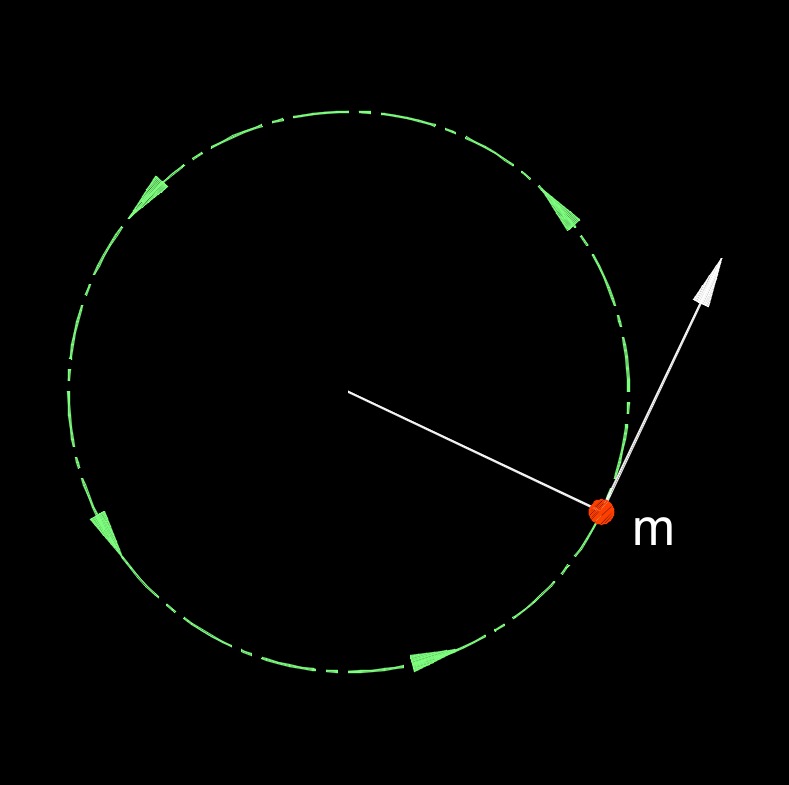Law of Conservation of Angular Momentum
Law of Conservation of Angular Momentum Formula |
||
|
\( L \;=\; I \cdot \omega \) (Law of Conservation of Angular Momentum) \( I \;=\; \dfrac{ L }{ \omega } \) \( \omega \;=\; \dfrac{ L }{ I } \) |
||
| Symbol | English | Metric |
| \( L \) = Angular Momentum (rotational momentum) | \(lbm-ft^2\;/\;sec\) | \(kg-m^2\;/\;s\) |
| \( I \) = Moment of Inertia | \(in^4 \) | \(mm^4 \) |
| \( \omega \) (Greek symbol omega) = Angular Velocity | \(deg\;/\;sec\) | \(rad\;/\;s\) |
 Law of conservation of angular momentum states that the total angular moment of an isolated system remains constant unless acted upon by an external torque. Angular momentum is a property of rotating objects or systems and is defined as the product of moment of inertia and angular velocity.
Law of conservation of angular momentum states that the total angular moment of an isolated system remains constant unless acted upon by an external torque. Angular momentum is a property of rotating objects or systems and is defined as the product of moment of inertia and angular velocity.
This law can also be stated as, if no external torque acts on an isolated system, the total angular momentum of the system remains constant. In other words, the sum of the angular moment of all the objects within the system, considering their moment of inertia and angular velocity, will not change over time. An essential aspect of this law is that if one object within the system experiences an increase in angular momentum, another object or objects within the system must experience a decrease in angular momentum of an equal magnitude in order to conserve the total angular momentum of the system.
This law has numerous applications and can be observed in various physical phenomena. For example, it explains the conservation of angular momentum of spinning tops, rotating celestial bodies like planets, and even the rotational motion of subatomic particles. The conservation of angular momentum is an important principle in understanding rotational dynamics and has wide ranging implications in fields such as mechanics, astrophysics, and quantum mechanics.

